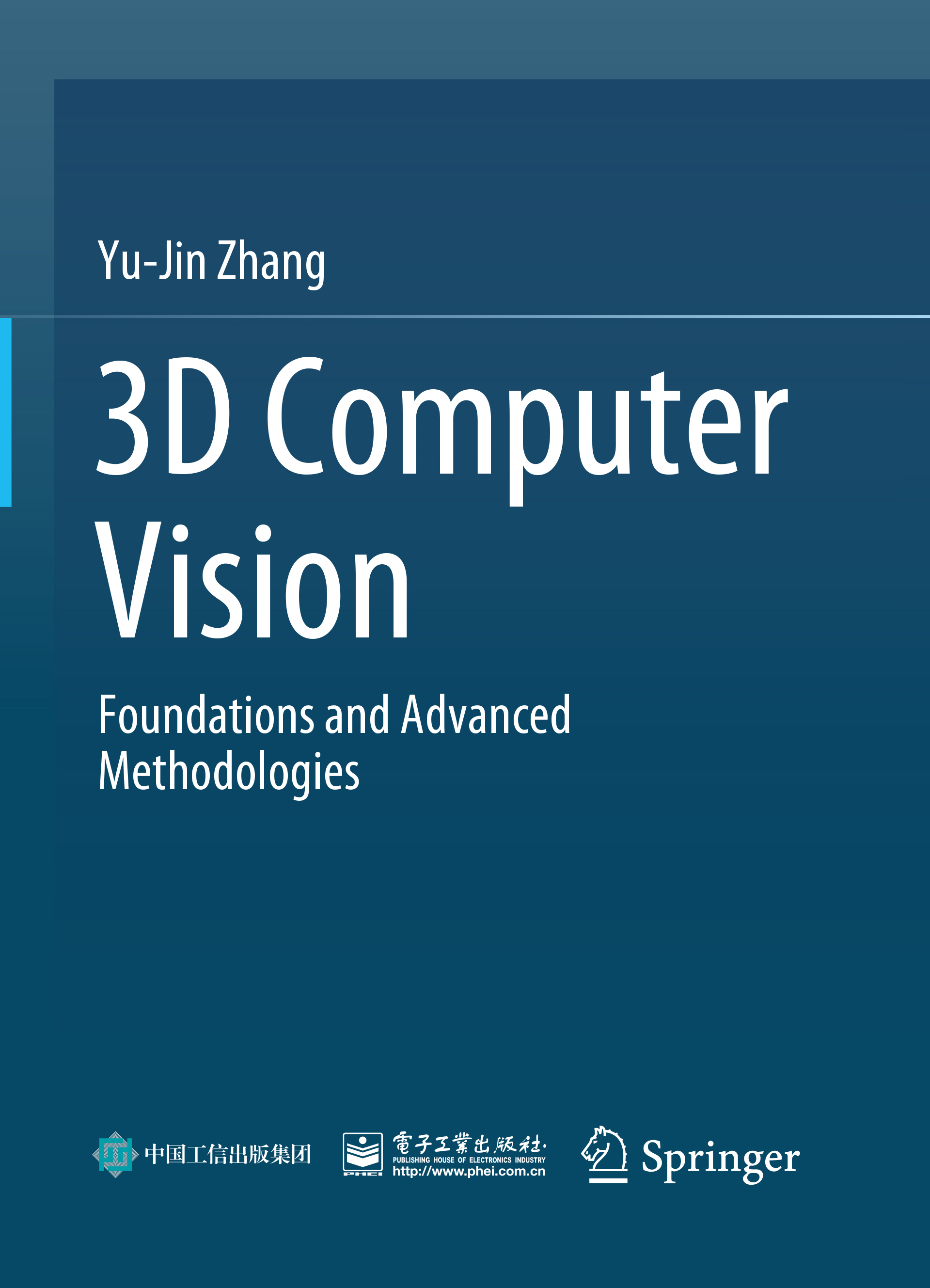|
3-D Computer Vision: Foundations and Advanced Methodologies Yu-Jin ZHANG Springer Nature£¬2024 |
|
|
|
ISBN: 978-981-19-7602-5 (hardcover) |
|
Preface |
Computer vision is an information discipline that uses computers and electronic devices to realize human visual functions. The original purpose of computer vision research is to identify and locate the objects in it with the help of the images related to the scene, determine the structure of the object and the relationship between the objects, so that the objects and scenes in the objective world can be meaningfully explained and judged. The research and application of computer vision has a history of more than half a century. In recent years, with the introduction of technologies such as artificial intelligence and deep learning, related theories and methods have developed rapidly, and the application fields have been expanding. The content of this book basically covers the main aspects of 3D computer vision. In addition to the introduction of basic concepts and related disciplines in the computer vision overview chapter, the main content of the book is divided into 10 chapters, which respectively introduce 10 types of computer vision technologies. They are: camera imaging and calibration technology, depth image acquisition technology, 3D point cloud data acquisition and processing technology, binocular stereo vision technology, multi-ocular stereo vision technology, monocular multi-image scene restoration technology, monocular single-image scene restoration technology, generalized matching technology, simultaneous location and mapping technology, and spatio-temporal behavior understanding technology. This book focuses on the fundamentals and recent advances in computer vision. In the 10 chapters introducing computer vision technology, the basic concepts and basic principles of the technology are first described, and the typical methods for implementing the technology are analyzed in detail (including algorithm description, specific steps, effect examples, etc.), and some new developments of in the field of technology are introduced, summarized and classified, which can help readers understand the latest development trends. On the one hand, this book can be used as a professional course material for senior undergraduates and graduate students in related disciplines, helping them master the basic principles, carry out scientific research activities, and complete graduation projects and dissertations; on the other hand, this book is also suitable for the company's research and development personnel understand the latest progress information and serve as scientific research references. This book is equivalent to approximately 500,000 words. It has 11 chapters, which consist of a total of 59 sections (second-level headings) and 156 subsections (third-level headings). There are 215 numbered figures, 37 numbered tables, and 660 numbered equations. Finally, the list of more than 300 references cited (there were over 100 in the 2020s), and more than 500 subject terms used for indexing are listed at the end of the book to facilitate further access to related literatures. Finally, I would like to thank my wife Yun He, daughter Heming Zhang, and other family members for their understanding and support in all aspects. |
|
Contents |
(More in "Detailed contents")
|
Back to Books ·µ»ØÊé¼® |
|---|---|
